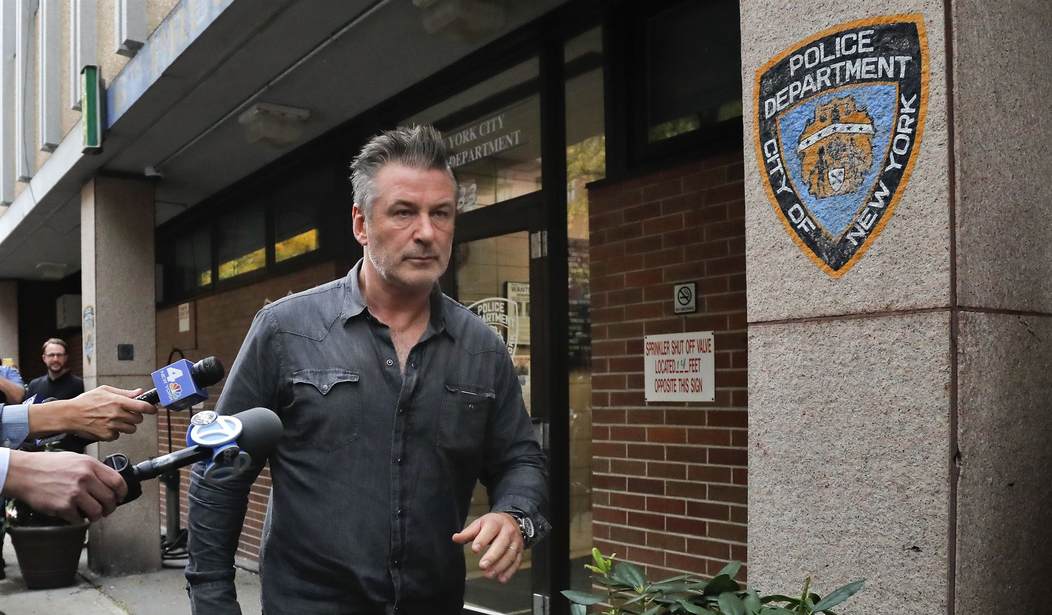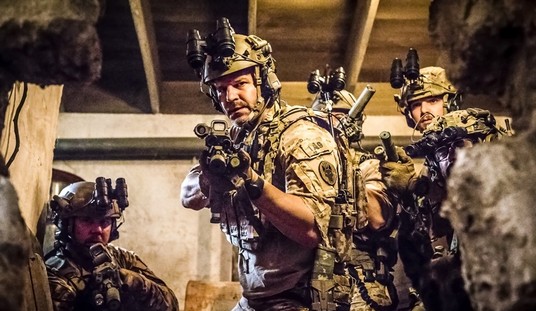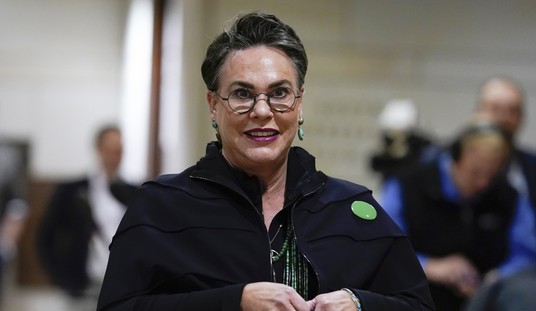Alec Baldwin is speaking out more about what happened on the set of “Rust.” According to the announcement article by ABC News:
Actor Alec Baldwin told ABC News’ George Stephanopoulos in an exclusive interview that he had “no idea” how a live bullet got onto the set of his film, “Rust,” but that he “didn’t pull the trigger” on the firearm that killed one person and wounded another.
“I would never point a gun at anyone and pull the trigger at them, never,” Baldwin told Stephanopoulos.
I get the emotion of Mr. Baldwin’s statements. I don’t believe he meant to shoot anyone, and I believe the incident was an accident. But the events of October 21st in New Mexico clearly say otherwise with regards to his new assertion that he didn’t cause the gun to fire.
I do agree that several other contributing factors remain questions of the investigation. How did a live round get on the set of the “Rust” movie production? How that piece of ammunition meandered its way through the checks and balances procedures of the entertainment industry to get into the chamber of the gun in Baldwin’s hands in the moment he fired the fatal shot that ended the life of Halyna Hutchins, and wounded Joel Souza remains shrouded in the police investigation. That’s more of a matter about how the management system of the “Rust” production company was or was not up to proper standards.
But the fact remains that somehow, the chain of failures did happen. There is also no doubt that at the final moment of the chain of failure, whatever Baldwin was doing to manipulate the firearm in his hand were indeed actions that caused its firing pin to strike the primer of a live round as the single-action revolver was pointed at something Mr. Baldwin did not intend to destroy. He was, in that moment, the final contributing failure in the chain of events that ended in a terrible workplace tragedy.
I’ve been around firearms for a long time and I’ve heard claims like this more than a few times. “I don’t know how it happened. I don’t remember doing anything wrong. The gun just went off.”
I’ve heard it most surrounding tension-filled circumstances where guns were drawn and pointed at people, and somehow, someone’s finger found its way onto the trigger with enough pressure to activate it and discharge the firearm, often to the surprise and dismay of the person holding the weapon.
That’s kind of the thing about negligent discharge incidents. The person never suspects that they are doing something wrong until it happens. And it is often difficult for them to accept that their actions played a part in the chain of events that led up to the accident.
The sequence of safety failures may be a complex chain of events, but each link in the chain is an avoidable failure. Alec Baldwin’s final action was one of those failure steps. Like all other industrial accidents, it would not have occurred if just one person in the complex sequence of failures had not made their individual contributing mistake.
Antique Weapons Have Peculiarities
So, what mistake do I think Alec Baldwin could have made in that moment? For argument’s sake, let’s take it a face value that he didn’t consciously press the trigger of the firearm he had in his hand. Could he really have unconsciously released it? The answer is yes.
The firearm in Mr. Baldwin’s possession that day was a single-action revolver. As the accompanying video explains, this type of firearm appeared in the mid-19th century. The design of the system is an early one in the evolution of repeating firearms. In the hands of someone using it in a manner it was not designed to be, it is known to be able to fire a manner where a user might think he or she hadn’t “pulled the trigger” when in fact they had indeed already inadvertently bypassed the fire control function of the trigger and its sear.
A single-action revolver shooting technique called “fanning the hammer” does exist. The technique involves bypassing the trigger by holding the handgun in a manner that the trigger is already pressed. The shooter then “fans” the hammer by pulling it back and letting it go manually. On this type of revolver, the action will rotate the cylinder bringing a new chamber that might contain a live round into the battery. When the hammer is released, it drops the firing pin onto whatever is in the chamber. If there is a live round in it, it will set off the primer thus firing the gun.
Quickdraw trick shooters use this technique to draw and fire these single-action revolvers at sub-second speeds.
I made this YouTube video to explain the technique.
If Mr. Baldwin was using a similar technique to manipulate what he thought was a “cold gun” in his hands on that fateful day for theatrical imagery reasons, each time he “fanned the hammer,” he would have been advancing the cylinder with the live round in it one step closer to igniting. With a six-shot single-action revolver, you can get lucky a maximum of five times before you’ve dropped the hammer on every chamber in the firearm.
Alec Baldwin didn’t have to consciously “pull the trigger” to fire the gun in his hand. He may have already activated it because he could have already been holding and operating it in a fashion where the trigger had already been pressed.
Violations of Industry Policy and Procedure
As noted in my colleague Nick Arama’s breaking news article, “Alec Baldwin Makes Stunning Claim About the Shooting on ‘Rust’ Movie Set”, Baldwin is separately facing a lawsuit by “Rust” script supervisor Mamie Mitchell that his action to cock and fire the revolver was not part of the script.
Such deviations from the plan are frowned upon in the entertainment industry because they are known pathways to industrial accidents. This was noted in my hour-long video interview with experienced Hollywood armorer Clay Van Sickle published on November 10 on Red State, “EXCLUSIVE INTERVIEW: ‘Top Shot’ Armorer Discusses ‘Rust’ Shooting and Alec Baldwin’s Police Proposal”.
In the industry, even tiny changes to danger-laden production elements such as those involving firearms and physical stunts are supposed to be carefully worked through by a team of professionals who examine the details of the proposed changes and mitigate the risks. According to Van Sickle, in the ideal, there should be no ad hoc when it comes to such matters. Mitchell’s legal complaint is consistent with this.
The fact remains that Mr. Baldwin was not just an actor working for the film, but also a producer with responsibilities pertaining to the proper management of the film. We’ll see how that question of responsibility and culpability comes up when the interview airs.













Join the conversation as a VIP Member